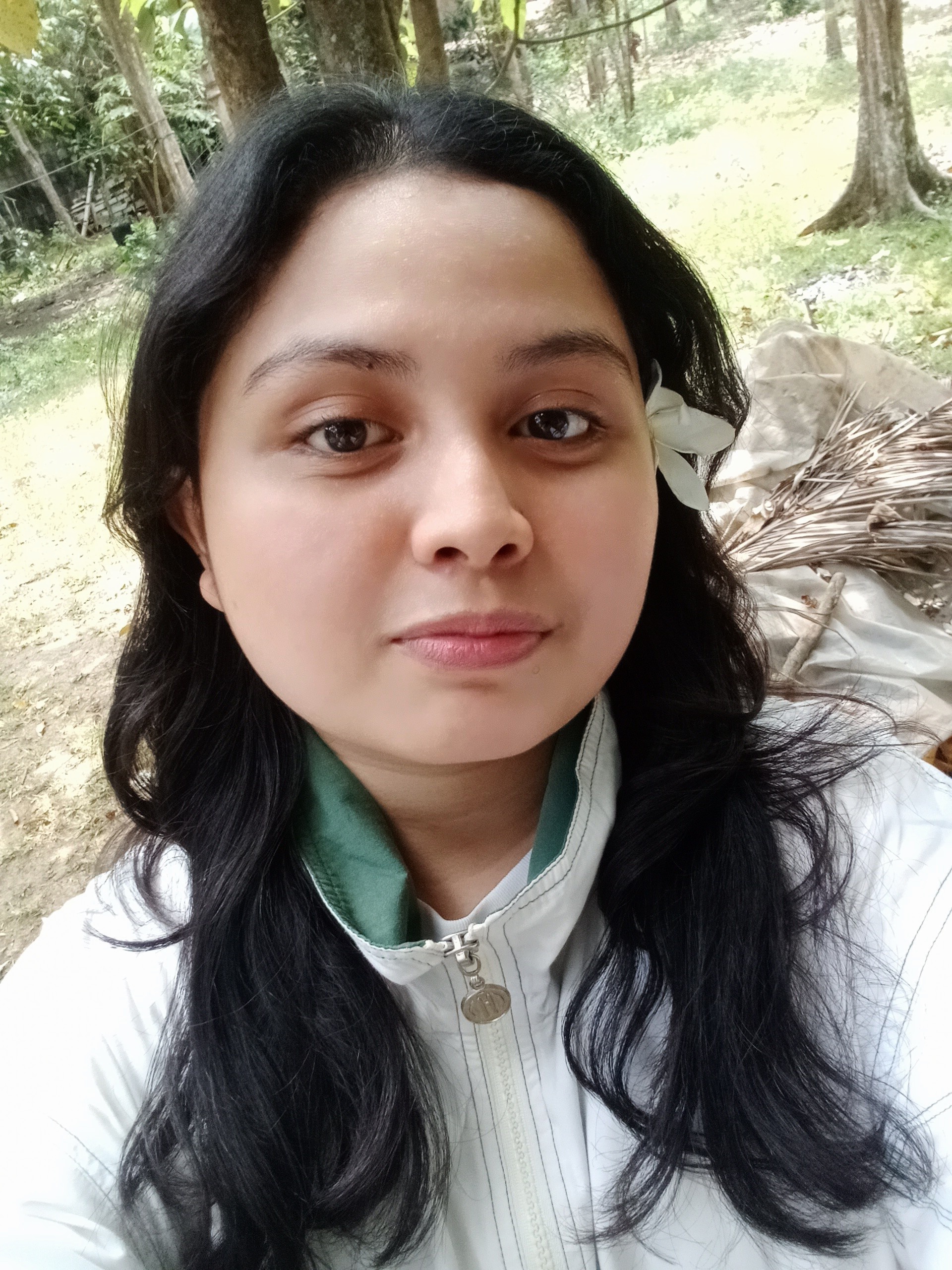Photosynthesis and Cellular Respiration
Cards (166)
- What is the universal energy carrier of the cell?
- What are the functions of ATP in the cell?
- What is the chemical reaction for the hydrolysis of ATP?
- What does "Hydro" mean in hydrolysis?
- What does "Lysis" mean in hydrolysis?
- Where is most ATP produced in the cell?
- What is the primary process through which ATP is created?
- What is broken down to make ATP?
- What are the three stages of cellular respiration?
- Where does glycolysis occur?
- What happens during glycolysis?
- What are the two pathways for pyruvate after glycolysis?
- What are the steps of glycolysis?
- Where does the Krebs Cycle occur?
- What happens to pyruvate in the Krebs Cycle?
- What is produced when NAD+ removes H during the Krebs Cycle?
- What waste is generated during the Krebs Cycle?
- What is formed when Acetyl-CoA bonds with a 4C molecule in the Krebs Cycle?
- What happens to citric acid during the Krebs Cycle?
- What is produced when the 5C molecule is broken down in the Krebs Cycle?
- What is the overall output of the Krebs Cycle?
- What do NADH and FADH₂ do in the electron transport chain?
- What activates protein channels in the electron transport chain?
- What is produced when H+ ions diffuse through ATP Synthase?
- What is activated by H+ ions in the electron transport chain?
- How many ATPs can be created in the electron transport chain?
- What waste is created when O, H+, and e- bond together?
- What is the process that converts solar energy into glucose?
- What do most plants do with green light?
- Which colors of light most stimulate photosynthesis?
- Who performs photosynthesis?
- What are the reactants and products of photosynthesis?
- What type of reaction is photosynthesis?
- What are the end results of photosynthesis?
- Where does photosynthesis occur in plants?
- What is created during the light dependent reactions?
- What happens in step 1 of light dependent reactions?
- What is the result of water molecules being broken in light dependent reactions?
- What happens in step 4 of light dependent reactions?
- What happens in step 5 of light dependent reactions?
